Goldilocks DDR4 For Intel’s Alder Lake? Mushkin Redline Lumina DDR4-4000 Review
We doubt that anyone has ever thought of overclocked components as being the most practical solution, but here we are with the memory controller of Intel’s 12th-gen Core processors supporting memory clocks of up to 2GHz directly: In double data rate terms, that’s a maximum of 4000 transfers per second. Going beyond 2GHz requires a 2:1 DRAM to memory controller clock ratio, so that the added bandwidth of DDR5-4800 comes with a latency penalty from running the memory controller at only 1200 MHz (1/2 of DDR5-4800’s 2400 MHz clock). That same mismatch put DDR4-4400 behind DDR4-3600 in the file compression test of our recent review. If 2000MHz is the best Intel’s Alder Lake memory controller can do, wouldn’t DDR4-4000 be the best DDR4 it could support? Mushkin’s Redline Lumina DDR4-4000 provides the answer.
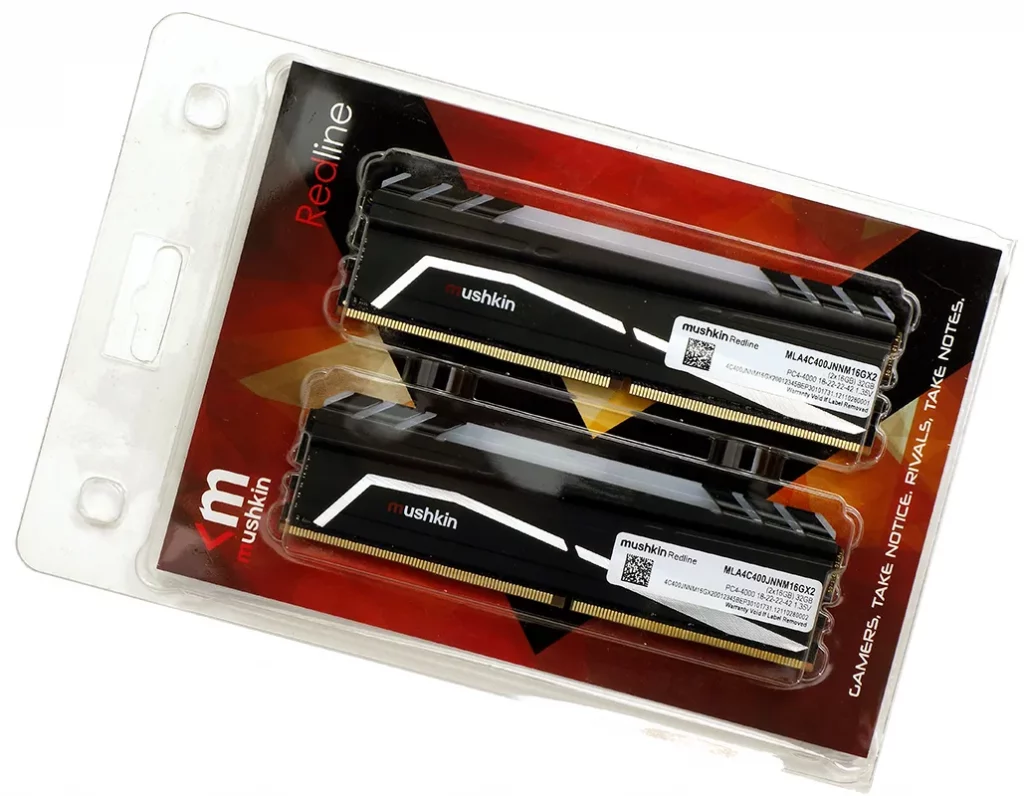
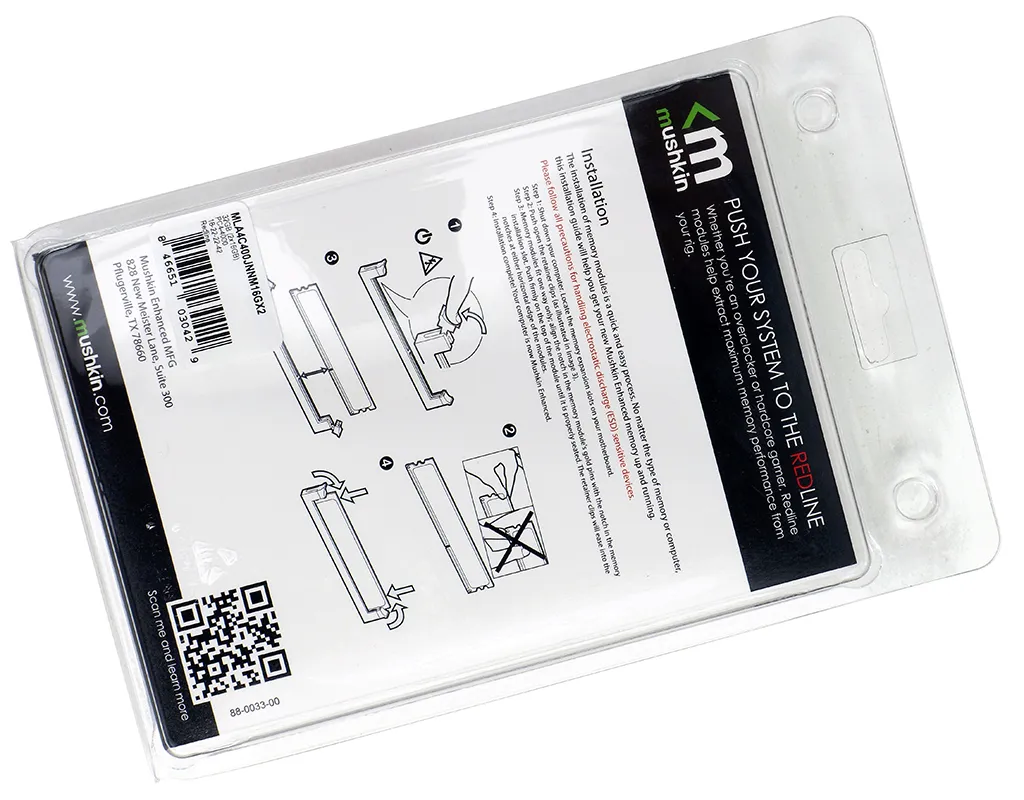
Get it at Amazon

(click for availability)
Rated at DDR4-4000 CAS 18-22-22-42 and 1.35V, and crowned with Mushkin’s brilliant Lumina heat spreaders, our motherboard detects its P/N MLA4C400JNNM16GX2 at DDR4-2666 with XMP disabled. Enabling XMP (in motherboard firmware) allows our board to automatically configure its DDR4-4000 settings, and our motherboard automatically selected the desired 1:1 DRAM to memory controller clock ratio.
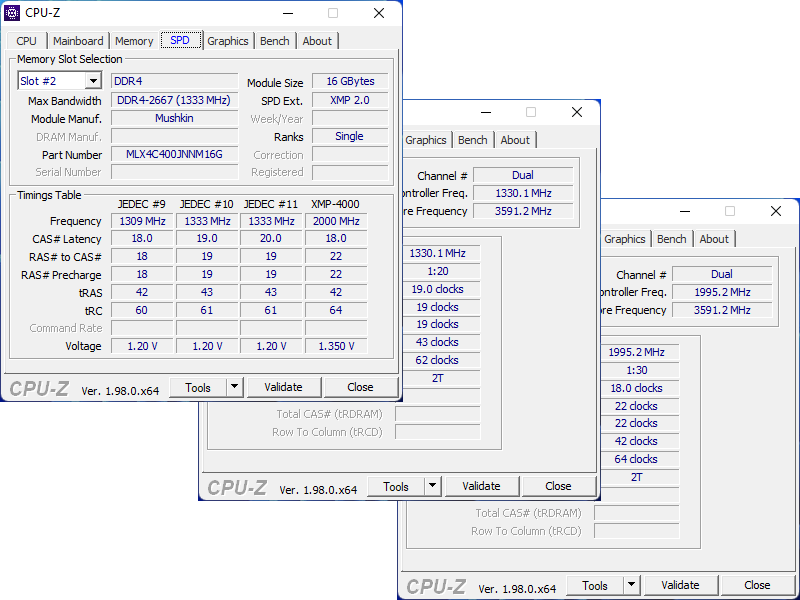
Sold with the same lifetime limited warranty as Mushkin’s other DRAM, Lumina-labeled kits include on onboard RGB controller that works with Asus AURA SYNC, MSI Mystic Light Sync, ASRock Polychrome SYNC, and probably a few other motherboard RGB software suites by now (we didn’t have a new Gigabyte board to test).
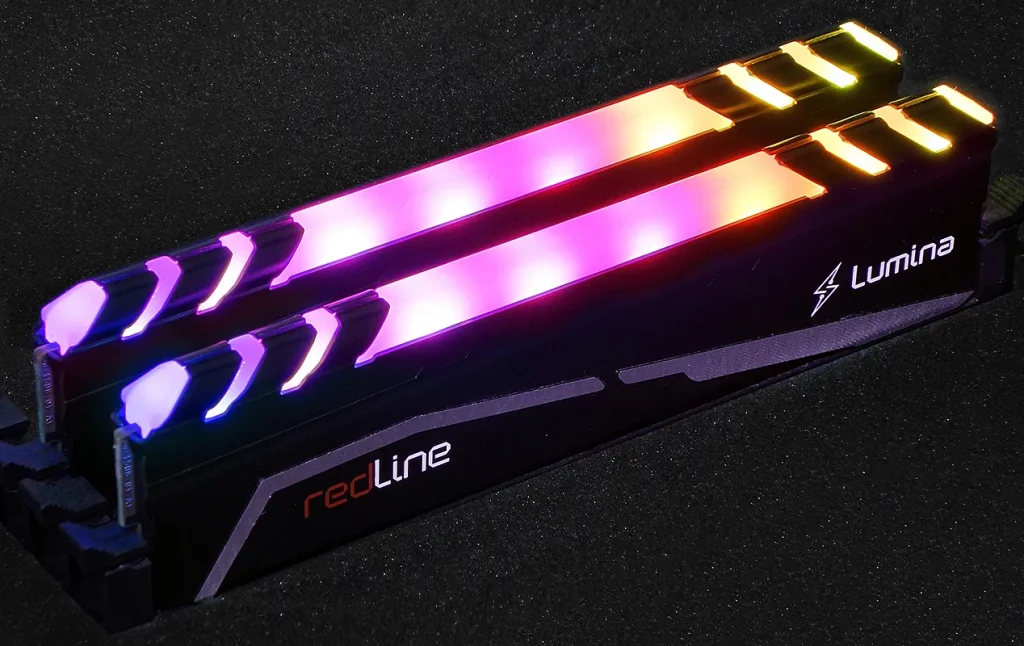
Mushkin even offers its own RGB suite to those who either can’t or don’t want to use motherboard manufacturer’s utilities. And users of this suite can still link the memory’s color pattern to other devices, thanks to its Razer Chroma compatibility.
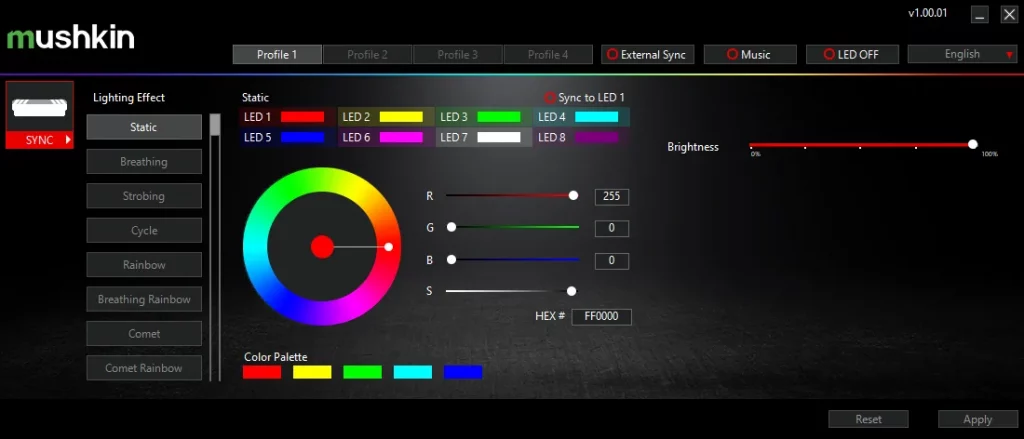
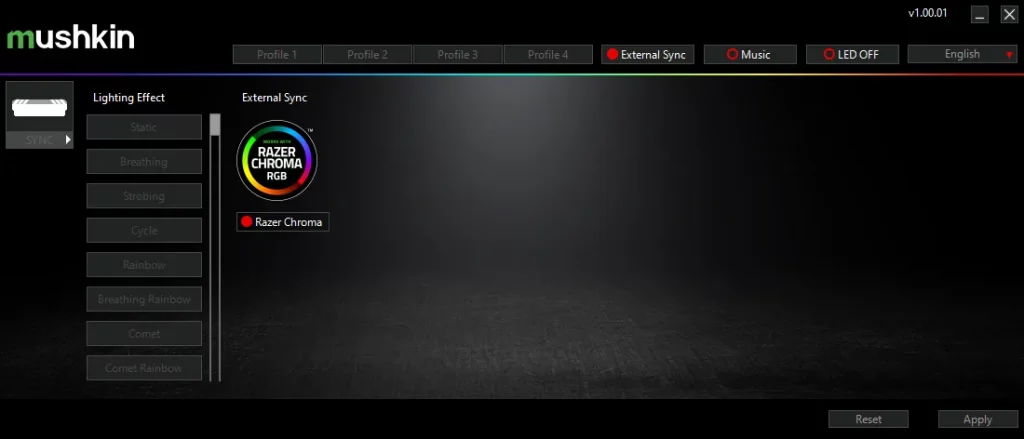
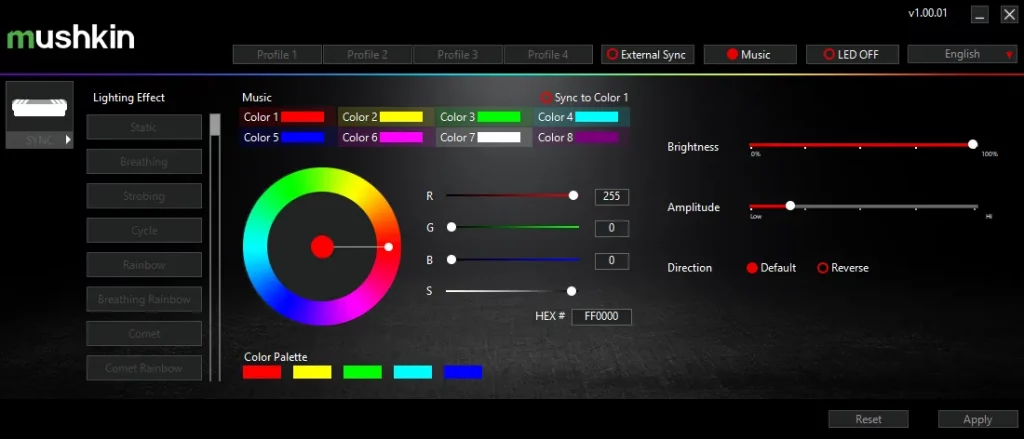

| Test Hardware | |
| CPU | Intel Core i9-12900KF: 16C/24T, 3.2-5.2 GHz, 30 MB L3 Cache, LGA 1700 |
| CPU Cooler | Alphacool Eisblock XPX CPU, VPP655 / Eisbecher D5 150mm, NexXxoS UT60 X-Flow |
| Comparison Memory | Mushkin MRC4U440KRRP16GX22 2x16GB (32GB) DDR4-4400 Kit |
| Motherboard | ASRock Z690 Extreme WiFi 6E LGA 1700 |
| Graphics | Gigabyte GeForce RTX 2070 Gaming OC 8G: 1410-1725 MHz GPU, GDDR6 |
| Power | be quiet! Dark Power Pro 10 850W: ATX12V v2.3, EPS12V, 80 PLUS Platinum |
| Hard Drive | TOSHIBA OCZ RD400 256GB NVMe 1.1b SSD |
| Sound | Integrated HD Audio |
| Network | Integrated Wi-Fi |
| Graphics Driver | GeForce 496.49 |
Mushkin’s Redline Lumina DDR4-4000 C18 offered the flexibility to O/C to DDR4-4400 at our now-standardized 22-22-22-44 O/C test timings, whereas its previously-tested DDR4-4400 kit was already too close to its limit to reach the next ratio. The DDR4-4400 kit did have a little wiggle room to reach lower latency settings without errors, but then again so did the DDR4-4000 kit.
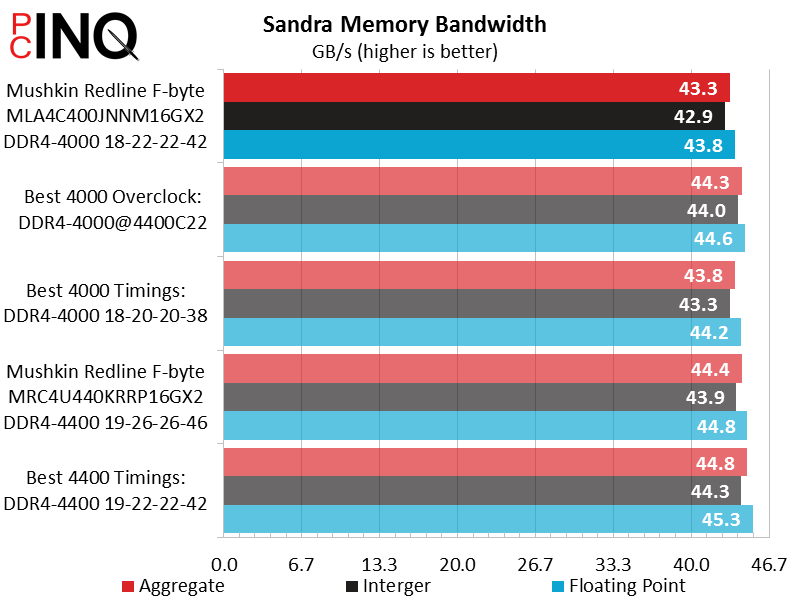
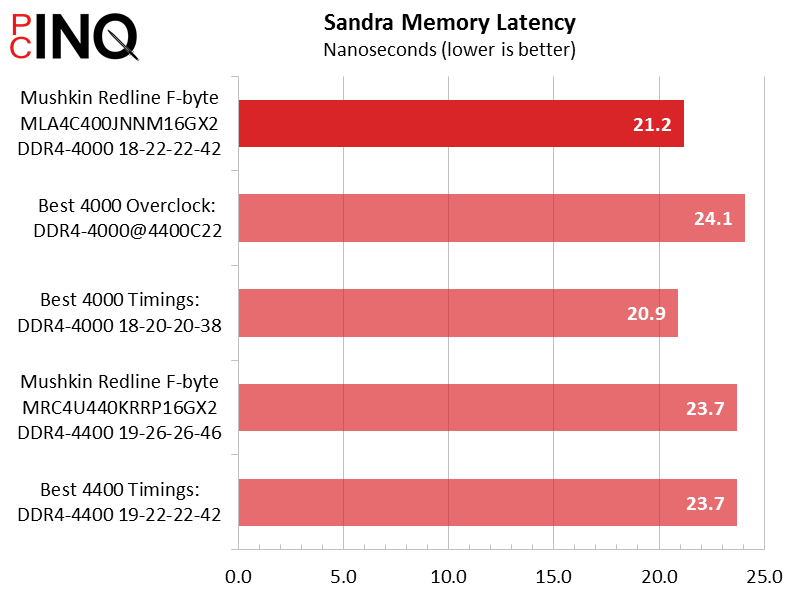
The DDR4-4400 kit barely edges out the Redline Lumina DDR4-4000 C18 in Sandra Bandwidth, but the DDR4-4000 kit vastly undercuts the DDR4-4400 kit in latency, due to the processor’s need to use Gear 2 (half-frequency) memory controller frequency at the DDR4-4400’s higher data rate.
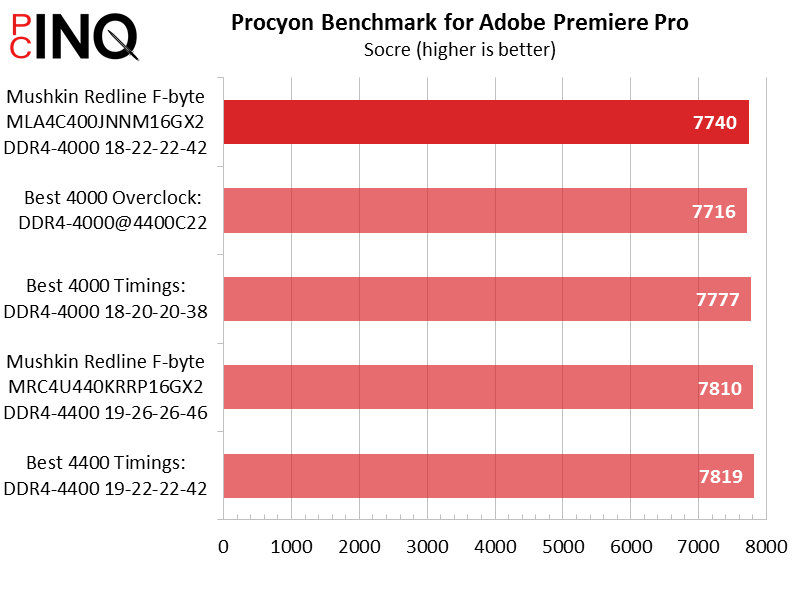
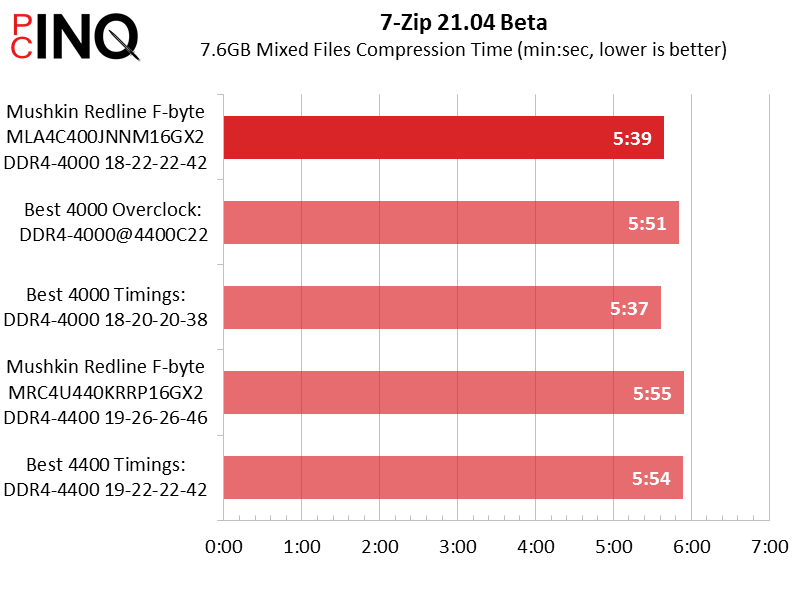
Bandwidth-favoring Adobe Premiere Pro barely shows a lead for the DDR4-4400 kit, whereas the DDR4-4000 kit greatly undercuts the DDR4-4400 kit in file compression time. Due to Intel’s memory controller frequency limits, the DDR4-4400’s latency advantage makes it the better overall choice.
|
Pros: |
Cons: |
|
|
|
The Verdict: |
|
|
Mushkin’s P/N MLA4C400JNNM16GX2 Redline Lumina DDR4-4000 C18 kit reaches the pinnacle of Intel’s Alder Lake memory controller at 2000MHz in Gear 1, allowing full bandwidth without sacrifices in controller latency. |
|
Low latency DDR4-4000 is the way to go for pairing Intel’s Alder Lake processors with DDR4, and the Redline Lumina’s current $170 listing makes it price-competitive with other DDR4-4000 CAS 18 kits. While we haven’t done the testing to prove that it’s better than similarly-rated kits, we can certainly see the benefit of using this data rate with Intel’s latest CPUs.

